The epilepsy devices market in South America is characterized by a dynamic competitive landscape, driven by increasing prevalence rates of epilepsy and a growing demand for advanced therapeutic solutions. Key players such as Medtronic (US), Abbott (US), and Boston Scientific (US) are at the forefront, leveraging innovation and strategic partnerships to enhance their market presence. Medtronic (US) focuses on developing cutting-edge neurostimulation devices, while Abbott (US) emphasizes its commitment to integrating digital health solutions into its product offerings. Boston Scientific (US) is actively pursuing mergers and acquisitions to expand its portfolio, indicating a trend towards consolidation in the market. Collectively, these strategies contribute to a competitive environment that is increasingly focused on technological advancement and patient-centric solutions.
In terms of business tactics, companies are localizing manufacturing and optimizing supply chains to enhance operational efficiency and reduce costs. The market appears moderately fragmented, with several players vying for market share. However, the influence of major companies is significant, as they set the pace for innovation and establish benchmarks for quality and efficacy in epilepsy devices. This competitive structure suggests that while there is room for smaller entrants, the dominance of established players is likely to shape market dynamics for the foreseeable future.
In October 2025, Medtronic (US) announced the launch of its latest neurostimulation device, which incorporates advanced AI algorithms to personalize treatment for epilepsy patients. This strategic move is pivotal as it not only enhances patient outcomes but also positions Medtronic (US) as a leader in the integration of AI in medical devices. The emphasis on personalized medicine reflects a broader trend towards tailored healthcare solutions, which is becoming increasingly important in the management of chronic conditions like epilepsy.
In September 2025, Abbott (US) entered into a partnership with a leading telehealth provider to enhance remote monitoring capabilities for epilepsy patients. This collaboration is strategically significant as it aligns with the growing demand for digital health solutions, particularly in the context of chronic disease management. By integrating telehealth services, Abbott (US) is likely to improve patient engagement and adherence to treatment protocols, thereby enhancing overall therapeutic outcomes.
In August 2025, Boston Scientific (US) completed the acquisition of a smaller firm specializing in innovative epilepsy monitoring technologies. This acquisition is indicative of a trend towards consolidation, as larger companies seek to bolster their technological capabilities and expand their product offerings. The integration of new technologies is expected to enhance Boston Scientific's (US) competitive edge, allowing it to offer more comprehensive solutions to healthcare providers and patients alike.
As of November 2025, current trends in the epilepsy devices market are increasingly defined by digitalization, sustainability, and the integration of AI technologies. Strategic alliances are playing a crucial role in shaping the competitive landscape, enabling companies to pool resources and expertise to drive innovation. Looking ahead, it is anticipated that competitive differentiation will evolve, with a shift from price-based competition to a focus on innovation, technological advancement, and supply chain reliability. This transition underscores the importance of developing robust, patient-centered solutions that not only meet regulatory standards but also address the unique needs of individuals living with epilepsy.


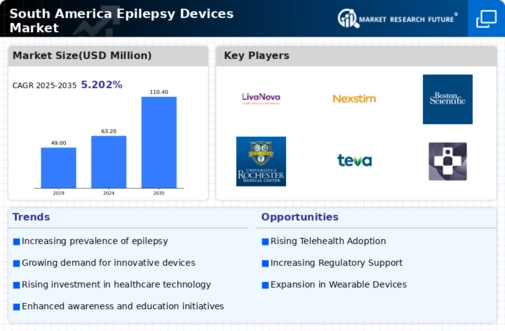
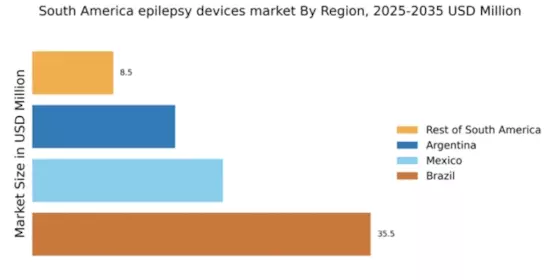
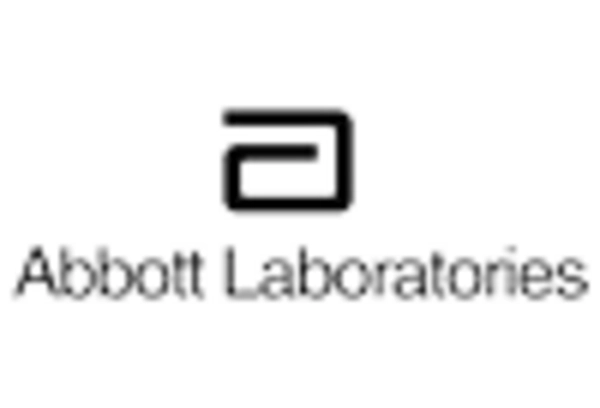
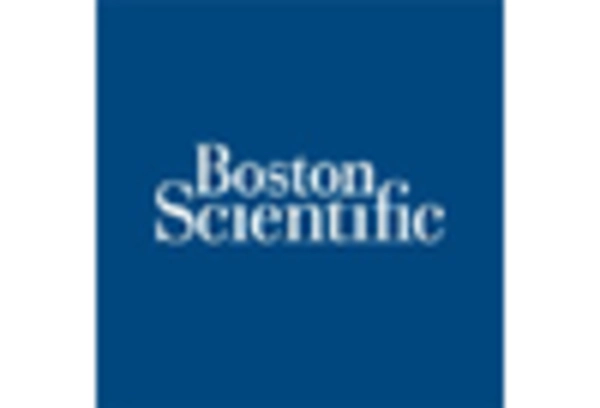
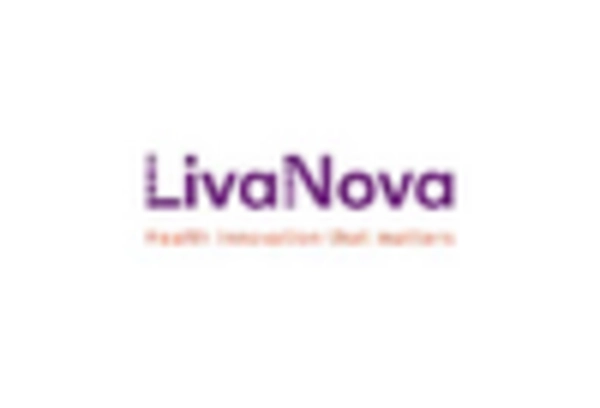

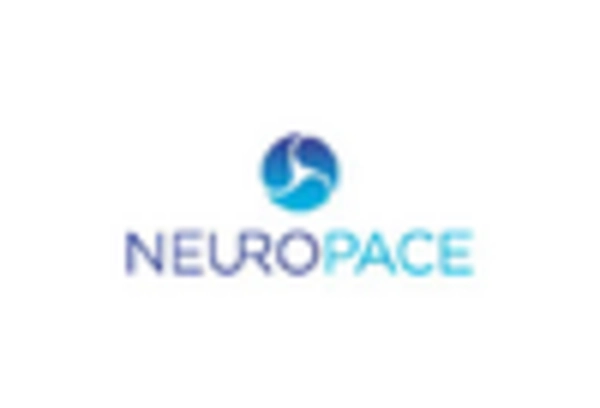
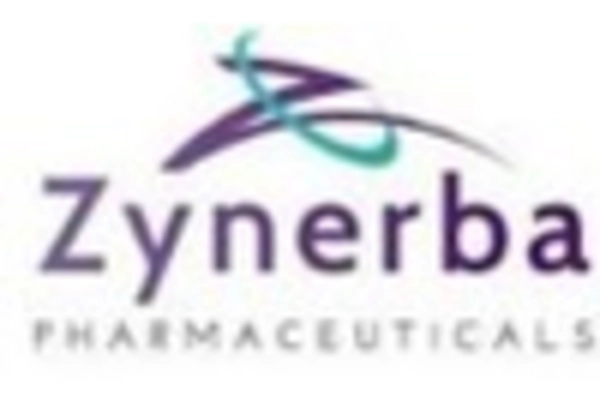








Leave a Comment